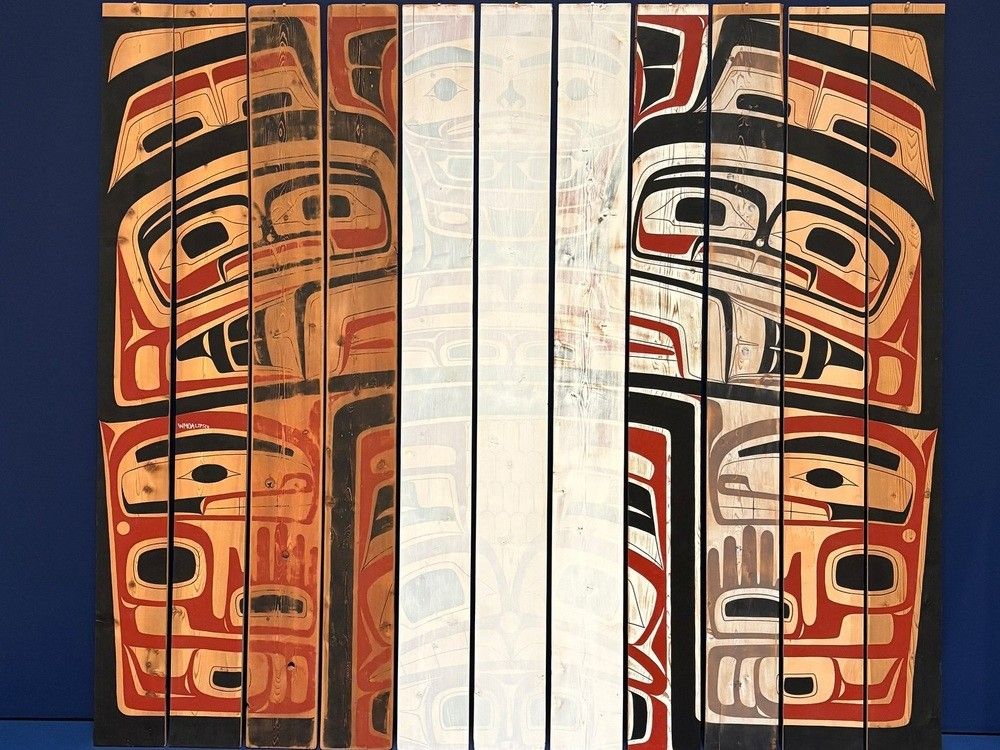
OTTAWA — When Prime Minister Mark Carney took the stage on Parliament Hill for the National Day for Truth and Reconciliation on Sept. 30, he mentioned a piece of art that he requested be installed in the corridors of power shortly after he took office.
“A Brief History of Northwest Coast Design,” a sculpture by Indigenous artist Luke Parnell, is currently displayed outside the cabinet meeting room in the West Block of Parliament.
Carney said it “depicts a painful part of our shared history” referring to the over 150,000 First Nations, Inuit, and Métis children who were taken from their families to be sent to residential schools where they were stripped for their identities and their language.
Parnell’s piece is composed of 11 wooden panels with images inspired by both his parents’ cultures — the Nisga’a and the Haida First Nations in British Columbia.
Carney described the artwork to the crowd in great detail. “The first few of those panels burst with vibrant colours, and then with contact, those colours fade until the middle ones become smothered in white paint — a culture literally whitewashed,” he said.
“The final panels begin to resemble the original glory with images, though marked by what has been endured, that are renewed and resurgent,” he continued, adding it “captures the pain of suppression and assimilation and the possibility of reconciliation and renewal.”
Parnell’s piece is one of 48 artworks that were installed in Carney’s office, his official residence and Parliament buildings after the last general election according to a compilation provided by the Privy Council Office (PCO), the prime minister’s department.
“The longstanding tradition of displaying loaned artworks in the offices of the Prime Minister and the official residence highlights Canada’s commitment to celebrating its artistic heritage,” explained PCO spokesman Pierre-Alain Bujold in an email.
“These spaces feature Canadian artworks that invite distinguished guests, dignitaries, and world leaders to experience the country’s rich diversity, history, and identity,” he added.
About a third of the artwork, like the Indigenous sculpture mentioned by Carney on Sept. 30, has been loaned by the National Gallery of Canada at no cost. Other pieces of art originate from either Global Affairs Canada or the Canada Council for the Arts’ Art Bank.
The Canada Council for the Arts usually rents artwork to government offices and private businesses at a cost — with rates varying from $60 to $3,600 per year.
However, the Council said it is “unable” to speak on behalf of government departments or disclose contractual details on their behalf and said to contact them directly.
National Gallery of Canada spokeswoman Josée-Britanie Mallet said the Government of Canada first approached the National Gallery in May 2025 and explained “the Gallery offered several pieces to choose from to be showcased in public and official spaces.”
“The National Gallery of Canada offered the artwork on loan to the Prime Minister, who accepted,” specified Pierre Cuguen, spokesman for PCO. “The practice of loaning artworks to Prime Ministers has been a longstanding tradition.”
Carney is, however, known to be an art enthusiast in Ottawa circles and has a collection of modern art at home. His purchase of an oil canvas by Canadian artist Kim Dorland, more than a decade ago, notably led to the firing of former CBC host Evan Solomon .
Solomon is now in Carney’s cabinet as Minister of Artificial Intelligence and Digital Innovation.
Cuguen said PCO maintains a Memorandum of Understanding with the National Gallery of Canada for it to loan some of its artwork. Carney is also familiar with the Gallery on a personal level, having been appointed to its foundation’s first emeritus board in 2022.
A list provided by the Gallery showed that Carney chose seven artworks to be installed in West Block, many of whom are oil canvas representing Canadian landscapes — such as Clarence Gagnon’s “Baie Saint-Paul” and Emily Carr’s “British Columbia Landscape.”
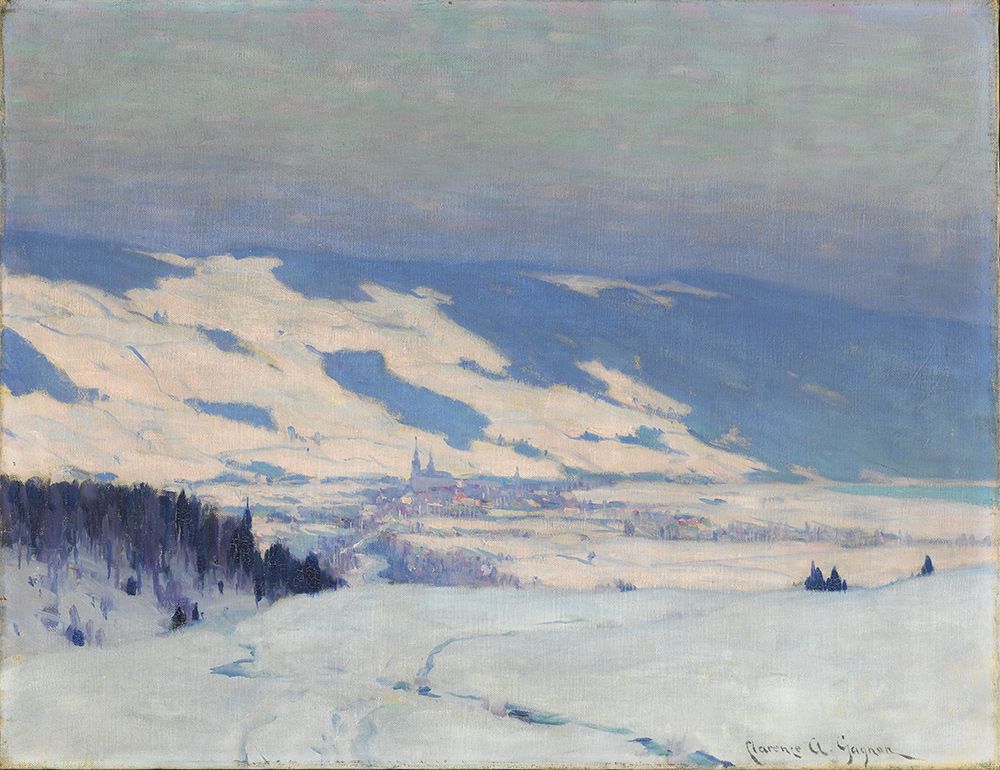
Along with Parnell’s sculpture, he also chose two other artworks from widely acclaimed Indigenous artists to be hung in the building: “Untitled” by Alex Janvier, a member of the Cold Lake First Nations, and “The Enchanted Owl” by Inuit artist Kenojuak Ashevak.
The Gallery also loaned four pieces to the Office of the Prime Minister and Privy Council Office which showcases more industrial scenery, such as “Cobalt” by Yvonne Housser, as well as a more urban environment with “Broken Building” by Shirley Wiitasalo.
In addition, for his office, Carney requested a reproduction of “Souvenirs of the Self (Lake Louise)” which is part of a set of picture postcards featuring artist Jin-me Yoon posing at different tourist sites. The original piece remains in the National Gallery’s vaults.
Finally, Carney has had four paintings from the National Gallery hung in the public spaces at Rideau Cottage, where he resides as prime minister.
Those pieces are Jean Paul Lemieux’s “Le visiteur du soir (The Evening Visitor),” A.Y. Jackson’s “Morning After Sleet,” Yvonne Housser’s “Little Clearing, Georgian Bay” and Tom Thomson’s “Spring Ice.”
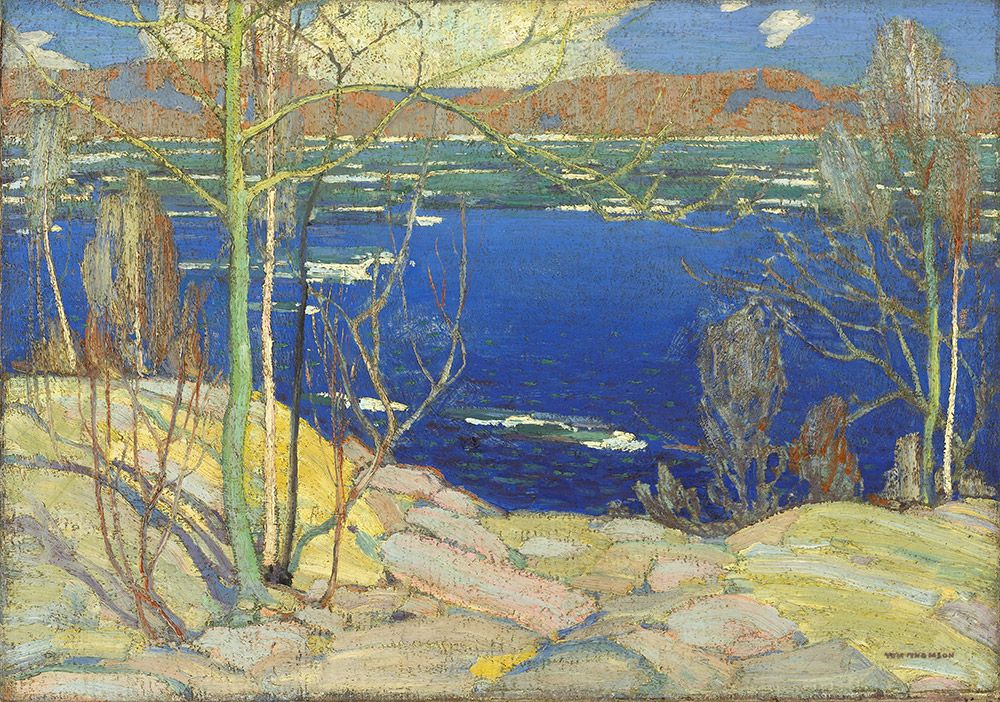
There are also currently two Gallery artworks on long-term loans since before Carney took office: “Portrait of Madame Vanier” by Philip de László at Rideau Hall and “The Canadian Phalanx,” a sculpture by Ivan Mestrovic, outside of Veterans Affairs Canada in Ottawa.
Other artwork of Carney’s choosing include Canadian artwork that was showcased during the G7 Summit in Alberta in June. The selection was curated by the Global Affairs Canada Visual Art Collection, in collaboration with the Canada Council for the Arts.
They include “Algoma Landscape” from A.Y. Jackson — which was donated by Maryon E. Pearson, wife of former prime minister Lester B. Pearson, to Global Affairs Canada — as well as “Winter Scene/Summer Scene”, a tapestry from Inuk artist Mary Yuusipik Singaqti.
According to the list provided by PCO, Carney’s selection of artwork includes some modern-day artists, such as Winnipeg-based artist Wanda Koop with her piece “Sightlines” and Vancouver-based artist Ying-Yueh Chuang’s ceramic creation “Plant-Creature.”
It also includes some of Canada’s most significant artists of the past century, such as Jean Paul Riopelle with his piece “Pizziwee.”
Carney also chose to show his Canadian patriotism through art, sometimes in a cheeky manner.
Joyce Wieland’s “O Canada” shows a series of bright red lips singing the national anthem. To make it, the artist wore lipstick and pressed her lips against her medium with each syllable. It is however unclear where this art landed in the prime minister’s surroundings.
National Post
calevesque@postmedia.com
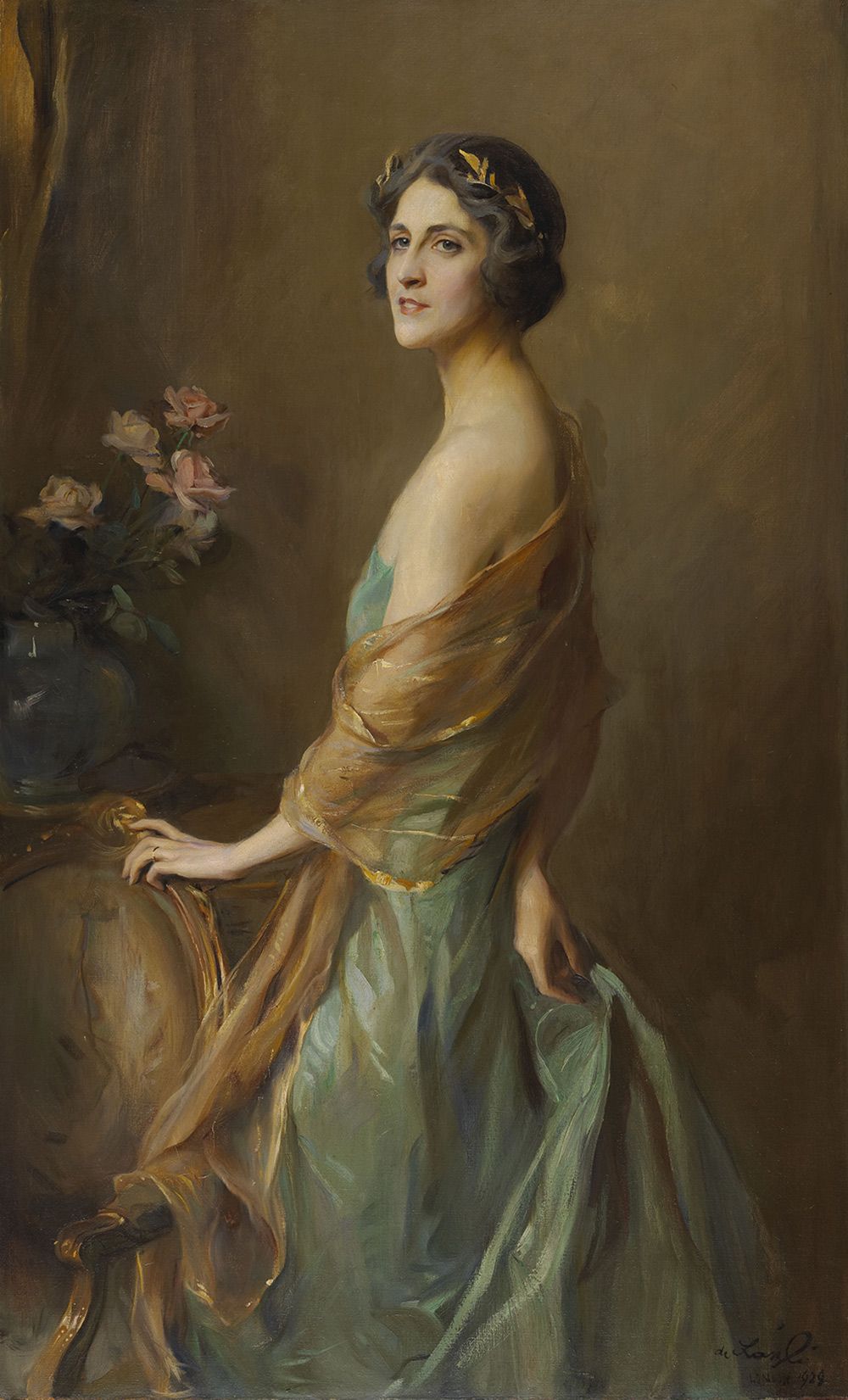
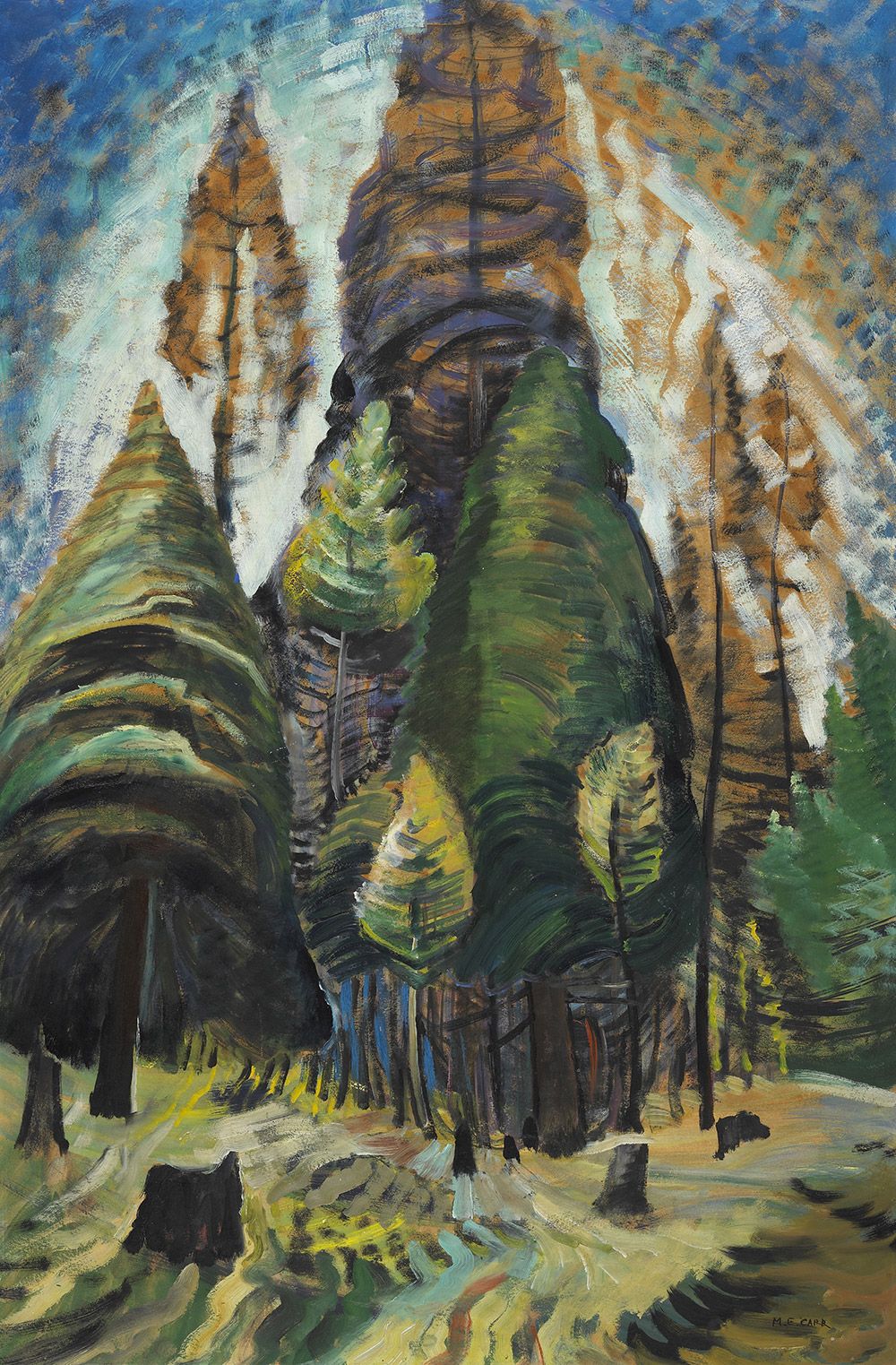
Our website is the place for the latest breaking news, exclusive scoops, longreads and provocative commentary. Please bookmark nationalpost.com and sign up for our newsletters here.